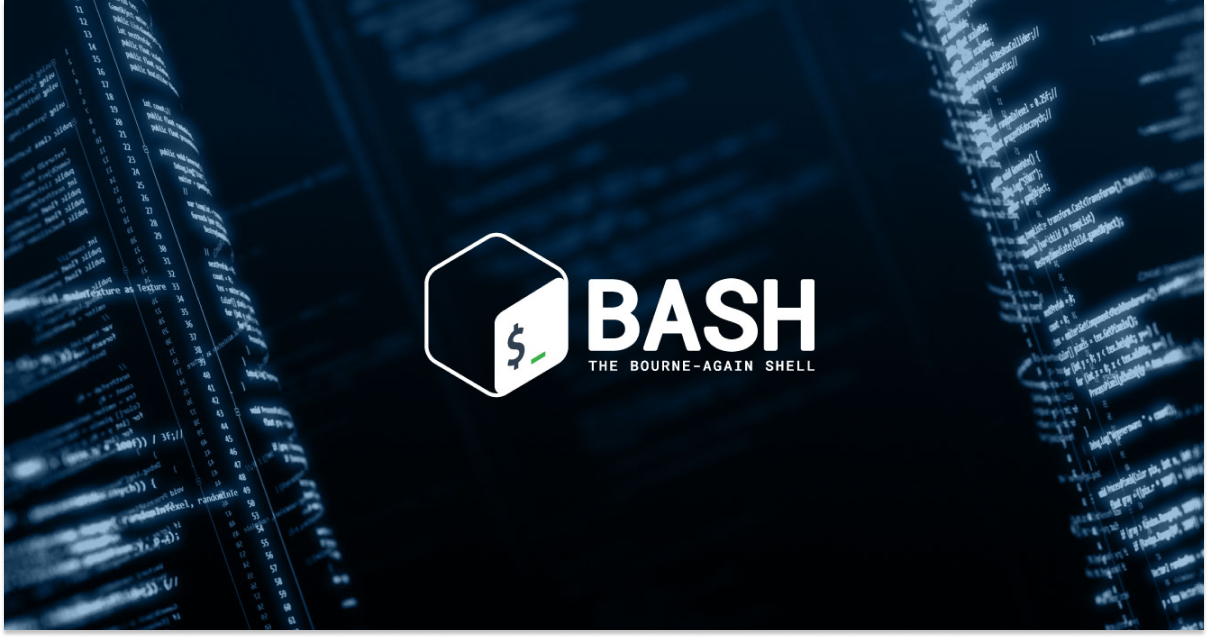
Bash Basics
Bash, short for Bourne Again Shell, is a command-line interpreter that provides a user interface for the Unix and Unix-like operating systems. This article introduces some of the basic concepts and commands in Bash.
Introduction to Bash
Bash is an sh-compatible shell that incorporates useful features from the Korn shell (ksh) and C shell (csh). It offers functional improvements over sh for both interactive and programming use.
Navigating the File System
To navigate through the Linux filesystem, you use commands such as cd, ls, and pwd. Here's a quick overview:
pwd: Prints the current working directory.cd: Changes the current directory.ls: Lists files and directories in the current directory.
pwd # Display the current working directory
cd /home/user # Change the current directory to /home/user
ls # List files and directories in the current directoryFile Manipulation
Bash also provides several commands for manipulating files and directories:
touch: Creates a new file.cp: Copies files and directories.mv: Moves or renames files and directories.rm: Removes files and directories.
touch newfile.txt # Create a new file named newfile.txt
cp file1.txt file2.txt # Copy file1.txt to file2.txt
mv file1.txt file2.txt # Rename or move file1.txt to file2.txt
rm file.txt # Remove file.txtInput and Output
The key to mastering Bash (and Unix in general) is understanding input, output, and redirection:
>: Redirects output to a file, overwriting the existing contents.>>: Redirects output to a file, appending to the existing contents.<: Redirects input from a file.|: Pipes the output of one command into the input of another.
echo "Hello, world!" > hello.txt # Redirect output to hello.txt
cat hello.txt # Display contents of hello.txt
ls -l | grep .txt # Pipe output of ls to grepConclusion
Bash is a powerful tool for managing and manipulating files and processes in Unix-based operating systems. While it might seem daunting at first, with a bit of practice, you'll find that Bash is a reliable and efficient interface to interact with your system.